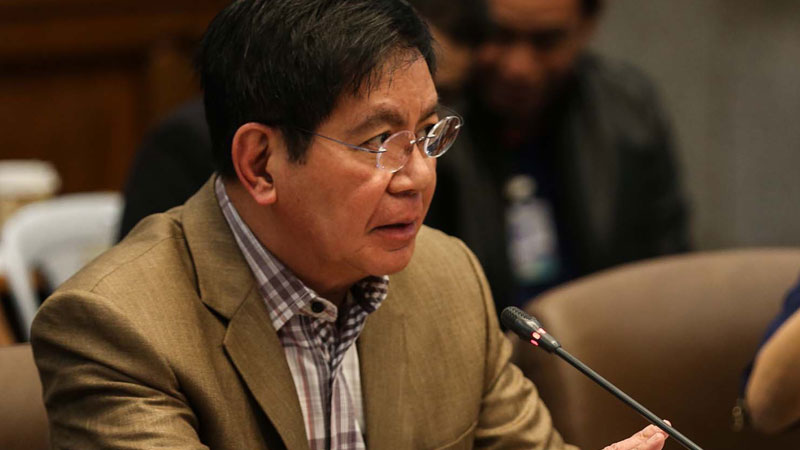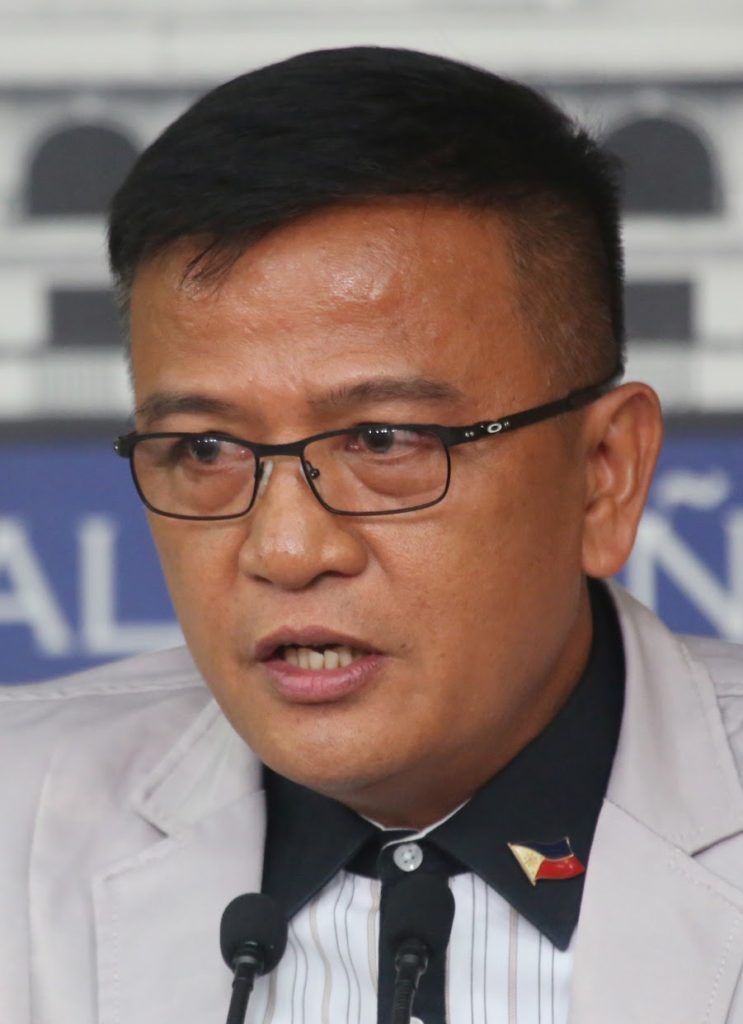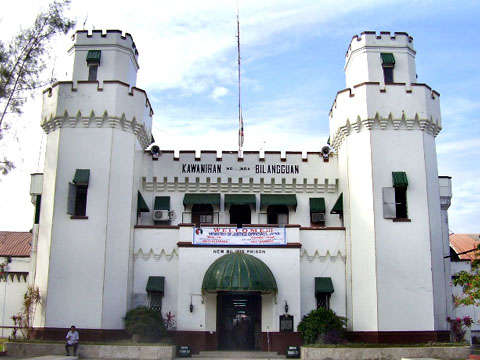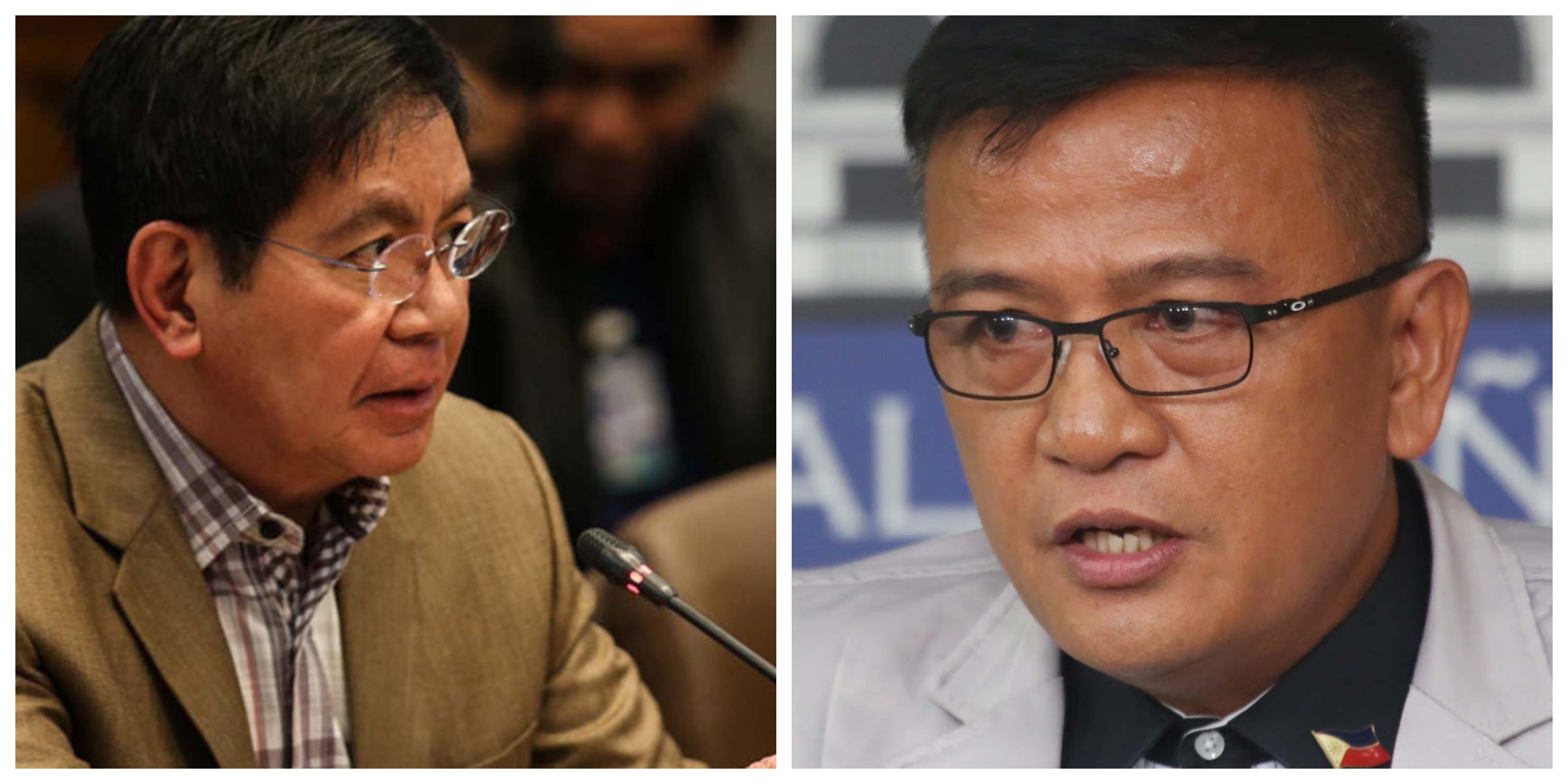Following the near-release of convicted murderer and rapist Antonio Sanchez on the 20th of August, more skeletons in the Bureau of Corrections’ (BuCor) closet are being exposed.
Senator Ping Lacson divulged a report that while the public were focused on the release of the disgraced former mayor of Calauan town, there were four high-profile Chinese drug lords who were discreetly released from prison. They were released from the maximum security New Bilibid Prison, the same holding facility that Sanchez is imprisoned in, and placed under the custody of the Bureau of Immigration (BI) for deportation.

This brings us to question the timing of Sanchez’s release and the plan to send the four Chinese nationals back to their home country, thus evading the Philippine justice system despite having committed their crimes here. Was the public outrage surrounding the convicted rapist-murderer a smokescreen to distract everyone from learning of the imminent escape of the foreign drug lords?
It is believed that the four Chinese convicts were released under the Good Conduct Time Allowance (GCTA) Law, which affords inmates shortened prison sentences and was the same justification used for Sanchez’s early release. The legislation has come under scrutiny for allowing prisoners with serious, heinous offences to be eligible for early release, the convicted former mayor was due to serve seven life sentences until surprisingly revealed to be in contention for a release.
Senator Lacson’s further investigation revealed that nearly 2,000 prisoners who committed “heinous crimes” had been released from prison under the GCTA Law, that number included 3 convicts who were found guilty of the brutal rape and murder of sisters Marijoy and Jacqueline Chiong in 1997. Despite having been found guilty of high-level criminal offences, the trio of suspects were given their freedom without much fanfare or coverage in the news – seemingly veiled to avoid displeasure similar to Sanchez’s case.
The Department of Justice (DOJ) argued that under the GCTA Law the suspects convicted for the rape-murder of the two Chiong sisters were eligible for an early release. Though it should be noted that it is ultimately the BuCor who signs-off the release documents for prisoners, hence a high-level of scrutiny should fall on the corrections agency also.

With the release of the men convicted for the Chiong sisters’ deaths, Senator Lacson said that their release documents were not signed by Faeldon but rather by an individual with the last name, “Marquez”. However, the veteran Senator noted that under law it was only the BuCor Director who had the ultimate authority to release inmates.
Since the signature affixed on the three convicts’ release documents were not that of Director Faeldon, it opened more questions on what exactly is happening within the Bureau of Corrections. Why are there numerous irregularities in the release of these inmates, and who benefits from setting these convicts free?
Senator Lacson revealed that it was a certain Maria Fe Marquez who signed the Chiong Sisters trio’s release documents, despite not having the authority to do so. The legislator noted that the irregularity was “glaring” since it is clear only the BuCor director can sign release documents, and even postulated that there could have been a usurpation of power that took place in the Bureau.
However, as head of the agency, Faeldon should have been aware of his subordinates’ activities. Can we really believe that the release of high-profile, serious offenders could just happen under his nose without being informed of such development?
It was already glaring that the BuCor director himself was caught in a lie when he claimed that he did not sign Antonio Sanchez’s release documents, and it turned out he did. Faeldon needs to be held accountable for the brazen anomaly in the release of the three convicted for the Chiong Sisters’ deaths also.
Senator Lacson, in a Twitter post, asked if the ‘tara’ or bribery system that has been known to be prevalent in the Bureau of Customs (BOC) had now migrated to the BuCor. His tweet seemingly implies that corruption is involved in these latest controversies surrounding the prisons bureau, and is especially ominous given that Director Faeldon was once the BOC commissioner himself.
It can be remembered that when President Duterte assumed first formed his Cabinet in June 2016, Faeldon was appointed as BOC head. By the following year, it was discovered that under the latter’s watch a massive Php6.4 billion worth of methamphetamine had gone missing from the agency’s custody, after it had been intercepted by Customs agents earlier.
Faeldon was sacked from his post in August 2017, and remained in the political wilderness until finally being “recycled” into his current role as BuCor director in November 2018 – his appointment came as a surprise given that President Duterte made a pledge not to tolerate any of his government officials who had a “whiff of corruption” in them.

There was glaring corruption happening under Faeldon’s watch as BOC commissioner before, and there is again glaring corruption being reported during his time as BuCor director now. Senator Lacson is drawing very critical questions when he casts suspicions on the controversial Cabinet appointee, especially given that aside from the 4 Chinese drug lords another 48 drug convicts have been released during Faeldon’s tenure as prisons chief also.
Given the Duterte administration’s apparent disdain for illegal drugs and their relentless push to purge the drug trade in the Philippines, why are they very tolerant of having Nicanor Faeldon serve such important roles in government?
It has been reported that the Philippine Senate has now issued a subpoena to bring Faeldon to a hearing that will hopefully shed some light on what’s happening within the Bureau of Corrections. A lot of credit should ultimately go to Senator Lacson, for his persistence in bringing to the public’s attention the full extent of the glaring irregularities happening in the BuCor.
It is clear now that the Bureau is not only keeping prisoners, there are a lot of skeletons in their closets also.

